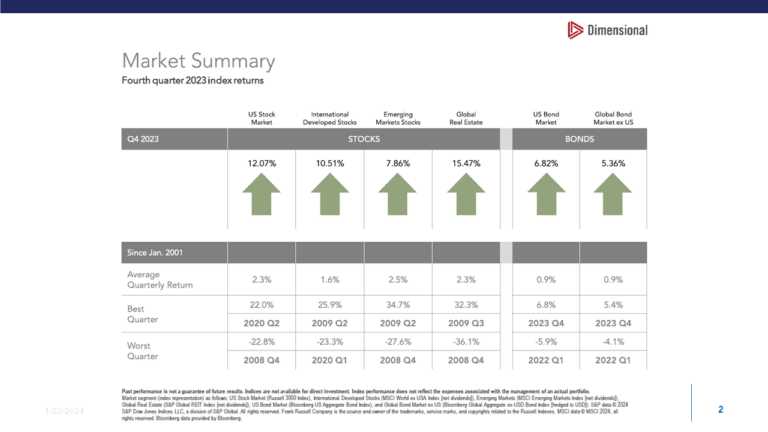The federal income tax cuts that were approved last year contained only modest decreases for average American taxpayers. You can work on your own tax cut for this year by taking some easy steps before the end of December. Here are some suggestions:
- Max out on your employer retirement plan contribution: You can ask your employer at any time to temporarily increase your contribution. If your regular payroll withholding is not at the maximum level, consider asking for a larger deduction for the rest of the year. Every dollar you put away reduces your 2018 income tax bill. If possible, contribute the maximum. On a 401k plan, you can contribute up to $18,500 this year. If you are age 50 or older, the maximum is $24,500.
- No 401k? Max the IRA: If you don’t have an employer plan and you qualify for a tax-deductible IRA contribution, try to make the maximum $5,500 contribution ($6,500 if you are 50 or older). To see if your income allows you to make a deductible contribution, check out the rules at this Internal Revenue Service website: Deductible IRAs.
- Grab your capital losses: Check out the values of your stocks, bonds, and mutual funds. Have they fallen since you bought them? If so, consider selling them to realize a capital loss that can be deducted from your net investment income and partially from your earned income. The rules are complicated. Here is a primer from the IRS: Losses. There are special rules for determining the loss on a mutual fund if you have been reinvesting dividends over the years; here is a guide: Mutual Fund Losses. Best of all, you don’t have to give up on your investment. You can buy it back 31 days after the sale and still deduct the loss, or you can immediately buy a similar, but not identical, investment in order to stay in the market. Here are the rules: Wash Sales.
- Accelerate Charitable Contributions: The new tax law makes it advantageous for some taxpayers who regularly deduct charitable contributions to bunch several years of deductions into one tax year, and then take the new enlarged standard deduction in subsequent years. The new standard deductions are $12,000 for individuals, $18,000 for heads of household, and $24,000 for couples. Also, state and local tax deductions have been capped at $10,000. So making a big charitable contribution this year that boosts your itemized deductions beyond the standard deduction is worthwhile.
For instance: You are married and regularly contribute about $7,000 to charities each year. If you contribute $7,000 this year and in each of the following two years, and you have to pay at least $10,000 in state and local taxes, your itemized deductions are worth only $17,000 each year. You will be better off taking the $24,000 standard deduction each year (a total of $72,000 in deductions over three years). However, if you bunch three years of contributions into 2018 and contribute $21,000 to charity this year, you will have a $31,000 itemized deduction ($21,000 charitable plus $10,000 in state and local taxes). In the next two years you will take the $24,000 standard deduction, for a total deduction of $79,000 over three years. Here is an IRS guide to charitable deductions: Charitable Contributions.
- Make a 529 College Plan Contribution: New York and 29 other states offer state income tax deductions for contributions to state-sponsored college plans (generally you have to make the contribution within your state of residence to a plan operated by your state). Check with your state’s plan on the details.
Richard Schroeder, CFP®
Chief Investment Officer


